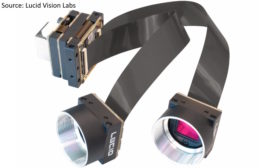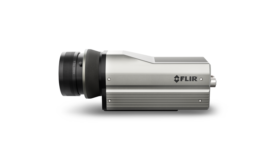Home » Keywords: » cameras
Items Tagged with 'cameras'
ARTICLES
NDT | Fatigue Testing
Adapting to Modern Demands in Fatigue Testing
Equipment needs to be more intuitive and automated, making it easier to set up, control, and process test results without requiring expert skills.
September 10, 2024
Vision & Sensors | Trends
The Evolution of Machine Vision in Industrial and Non-Industrial Markets
Machine vision continues to bridge the gap between human perception and technological capabilities, shaping the future of industries and innovation alike.
June 20, 2024
Stay in the know with Quality’s comprehensive coverage of
the manufacturing and metrology industries.
eNewsletter | Website | eMagazine
JOIN TODAY!Copyright ©2024. All Rights Reserved BNP Media.
Design, CMS, Hosting & Web Development :: ePublishing









